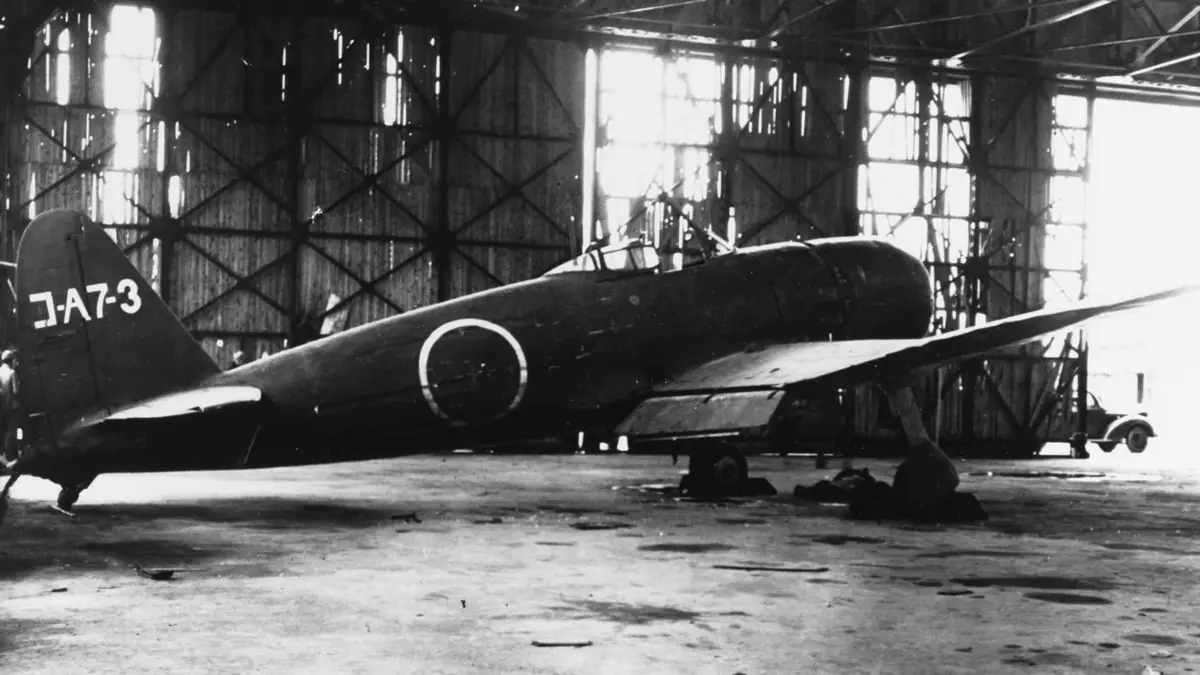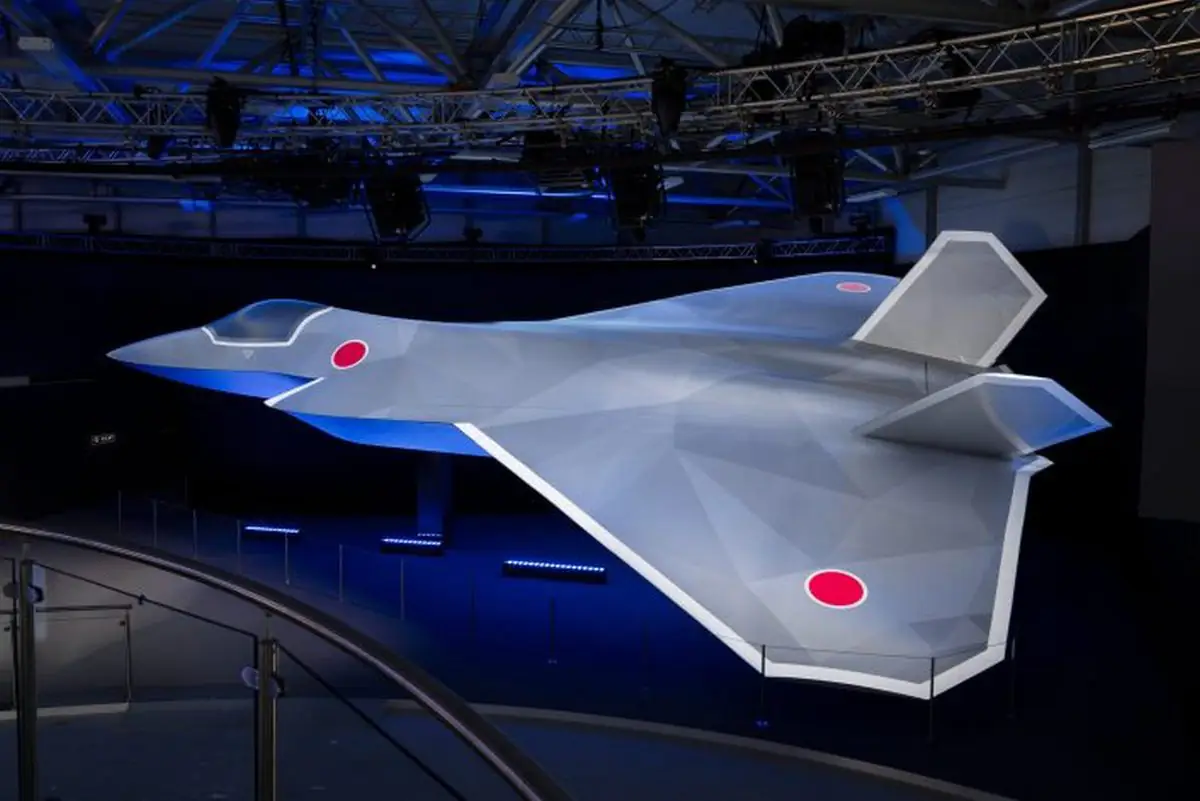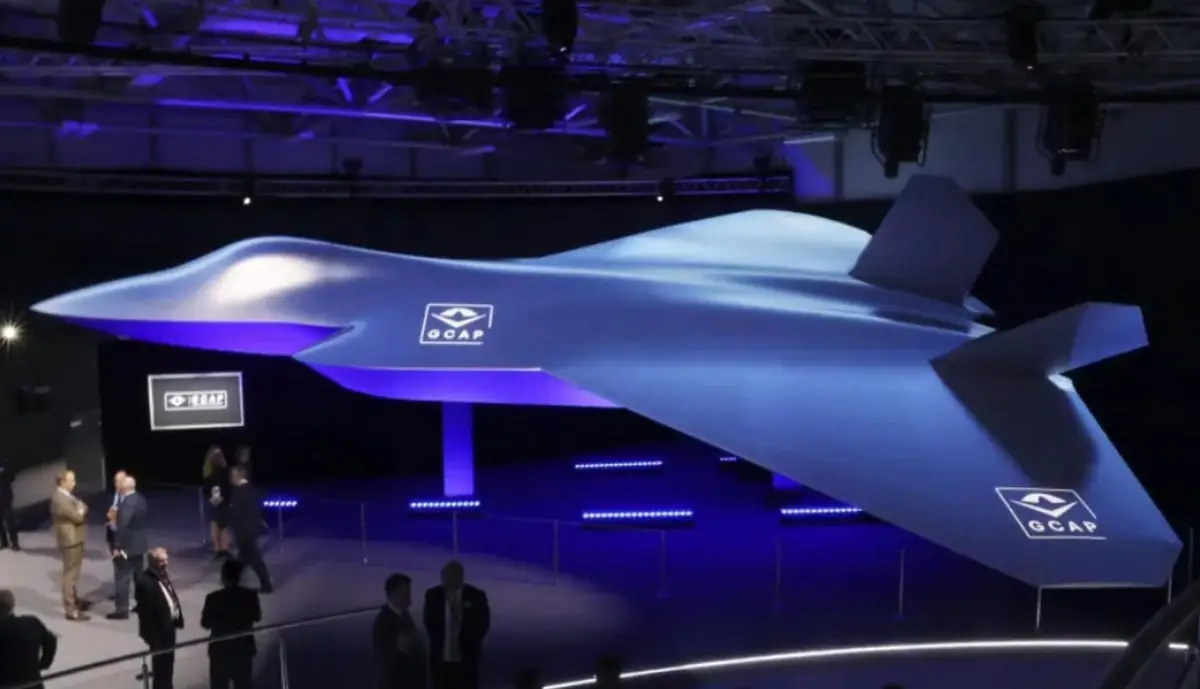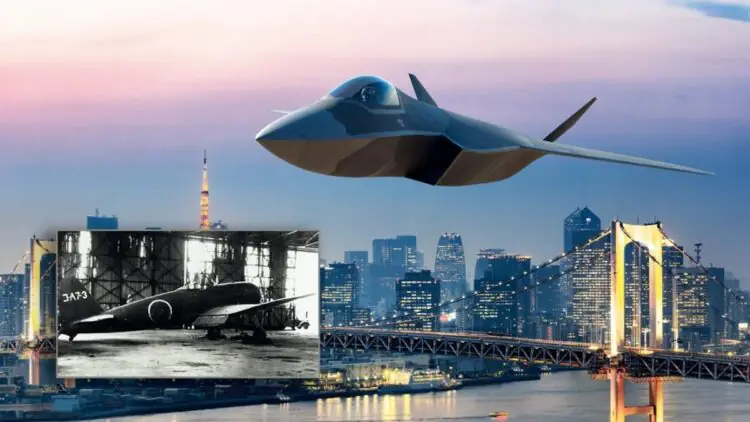The Japanese Ministry of Defense is considering naming its 6th-generation fighter, developed under the Global Combat Air Program (GCAP), “Reppu” (“Strong Wind/Storm”) in honor of a WWII Imperial Japanese Navy aircraft. According to an exclusive Kyodo report based on interviews with multiple government officials, the decision is being discussed in secrecy by the country’s leadership.
The A7M Reppu was a cancelled project designed as the successor to the legendary A6M Zero series of naval fighters. A few prototypes were built, some of which were destroyed during American air raids. Due to widespread industrial devastation in Japan, the aircraft never entered production.

This development has also faced criticism, as it is seen as potentially “reviving militarism,” especially since Tokyo’s constitution has restricted the buildup of military forces in an attempt to move away from the controversial legacy of World War II. While the Japan Air Self-Defense Force (JASDF) has a well-established naming system – where “F” denotes a fighter and “C” a cargo aircraft – and “no existing rules govern the naming of aircraft,” leaving it as a prerogative of the government, this plan nonetheless creates a politically sensitive issue.
For example, the Japan Maritime Self-Defense Force (JMSDF) submarine Soryu, the lead ship of its class, shares a name with the Imperial Japanese Navy (IJN) aircraft carrier Soryu. This carrier sank along with three other IJN carriers in June 1942 during the Battle of Midway after being attacked by dive bombers from the USS Yorktown aircraft carrier. It remains unclear whether Japan will rely on this precedent, and no official statements have been made so far.

The 6th-generation jet fighter project originally began as a collaboration between the UK, Italy, and Sweden. However, after Sweden’s unofficial exit from the project in December 2021, it shifted to a UK-Japan partnership aimed at developing engine and radar prototypes for their respective Tempest and F-X fighter programs. Initially, Japan was focused on its domestic Mitsubishi F-X program.
In December 2022, the current Global Combat Air Program (GCAP) was announced, involving London, Rome, and Tokyo. The new fighter is expected to replace the Eurofighter in the UK and Italy, as well as the F-2 (the Japanese derivative of the F-16) in Japan starting in 2035.

This program marks the first diplomatic instance where Japan directly collaborates with Italy and the UK on equal financial, industrial, and political terms, with equal operational and technological access – something new for all three countries since the F-35 program. The three nations have established tri-nation joint bodies with rotating leadership to oversee the program and foster synergy between diplomatic, scientific, and military functions.
Source: TheAviationist









